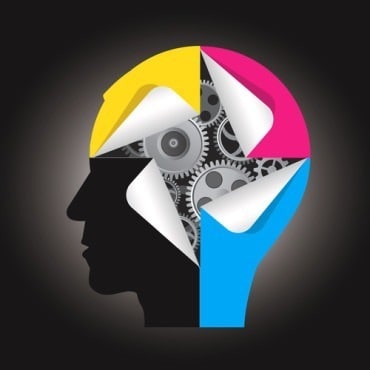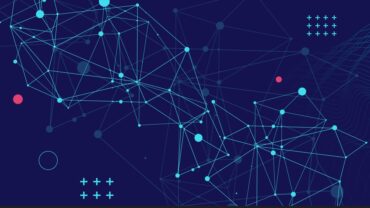The deal to buy ClearGraph accelerates Tableau’s plans to add natural language into its platform.
Data analytics company Tableau Software announced it has acquired ClearGraph, a startup that uses natural language query technology to enable smart data discovery and data analysis through natural language query technology.
Tableau said it plans to integrate ClearGraph’s technology into its product offerings to make it easier for users to interact with their data by using natural language queries.
[ Related: A Business Intelligence Strategy for Real-Time Analytics ]
“We are thrilled to bring the ClearGraph team to Tableau to enable people to ask questions of their data using natural language,” said Francois Ajenstat, chief product officer at Tableau. “Natural language queries will make it easier for more people to interact with Tableau, whether you’re an executive who needs an answer quickly, or on a mobile phone and want an answer from your data on the move. We’re excited about this acquisition as the ClearGraph team shares our mission and is aligned with our perspectives on conversational analytics.”
Simplfying data analysis
ClearGraph is designed to simplify analyzing data using natural language through a consumer like experience. It connects disparate data sources and makes them accessible and intelligible through simple conversational search. Its natural language technology stores semantic data in expandable knowledge graphs that learn over time, and requires no technical training.
[ Related: BI Software Trends: Easy, Integrated, Fast ]
For example, people could ask for information such as, “Total sales by customers who purchased staples in New York,” then filter to, “orders in the last 30 days,” then group by, “project owner’s department.”, the company said in their announcement.
“We founded ClearGraph because we saw a need to bridge the gap between humans and computers through natural language, especially when it comes to exploring data,” said Andrew Vigneault, CEO of ClearGraph. “Tableau is a natural fit for us because we have similar missions, cultures and genuine desire to help more people around the world access, interact with and get answers from their data.”




























